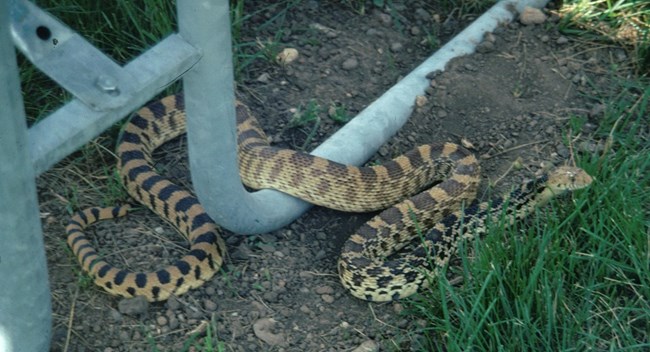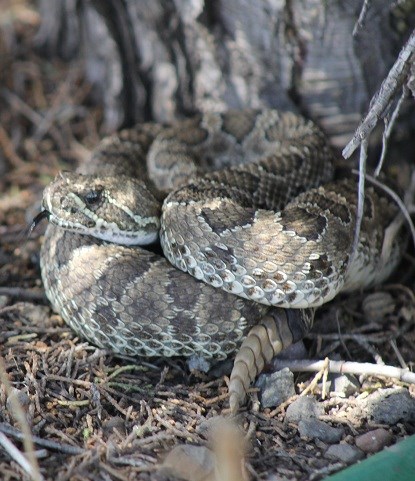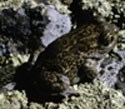|
Reptiles and amphibians are cold-blooded animals whose bodies take on the temperature of their surroundings. They may be seen basking in the sun on warm rocks that make up the mountain. Cool nights usually send them into burrows or crevices to keep warm. Several species of snakes and lizards inhabit the monument. Amphibians are somewhat less numerous since there is no permanent water source in the park. 
NPS photo 
NPS Photo 
NPS photo 
NPS photo
Complete wildlife surveys have not been done in the park. These checklists are the best information we have at this time. Checklist of Reptiles and Amphibians - 1973 Checklist of Reptiles and Amphibians - 2002 |
Last updated: April 24, 2025
